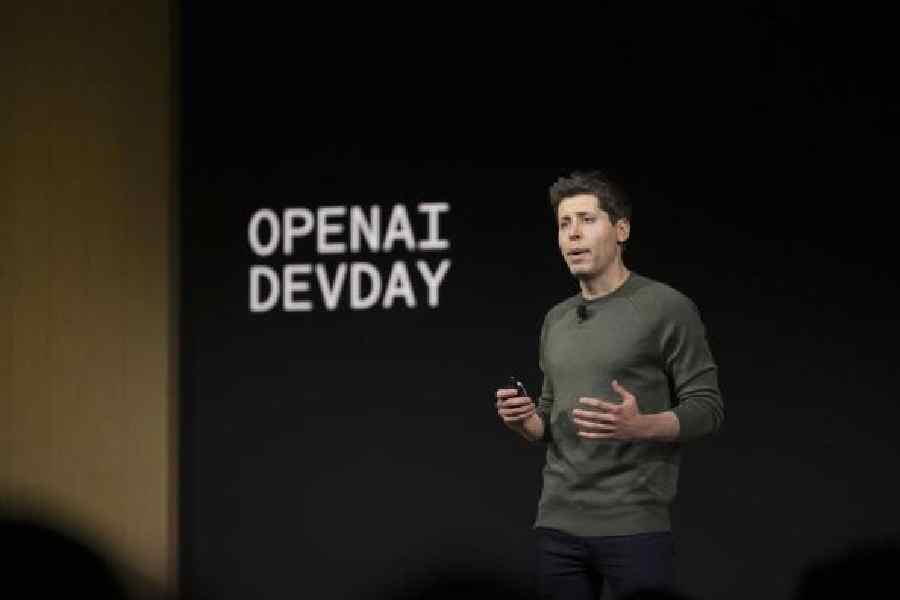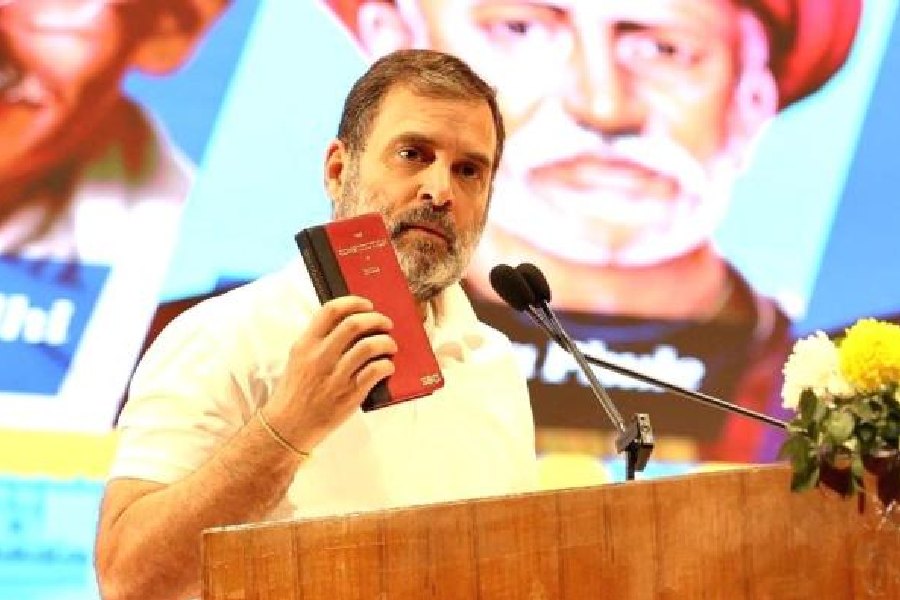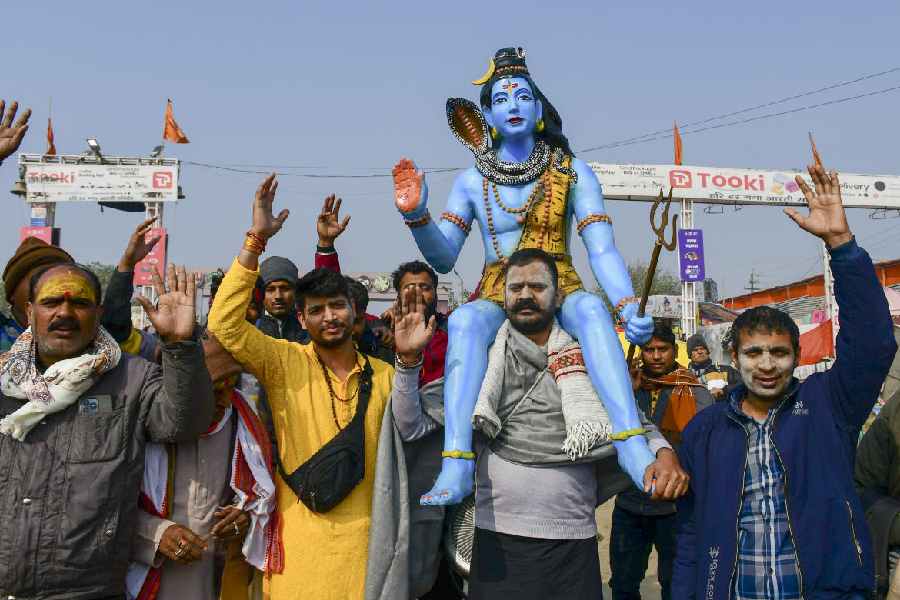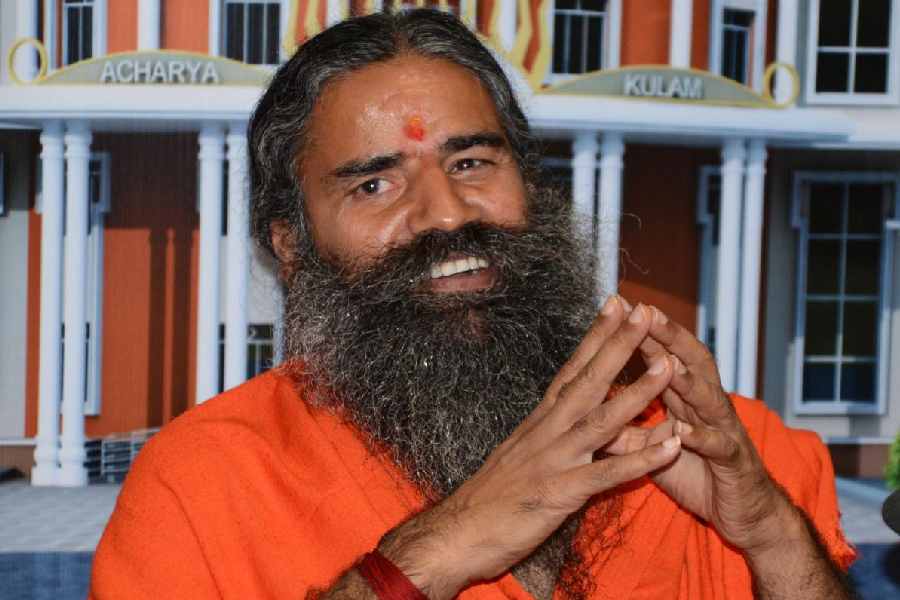By now, you already know that Sam Altman, the high-profile chief executive of OpenAI, has been made to leave the company by its board of directors. For the 38-year-old, who has become the toast of Silicon Valley in a short period of time, it’s a shocking fall, especially given the fact that even 10 days ago he was discussing “how to build superintelligence” and future versions of the GPT model. What happened? The board said “he was not consistently candid in his communications with the board, hindering its ability to exercise its responsibilities”. It’s unclear what missteps Altman could have made while directing OpenAI but there are a few things to remember about the man and the company.
In his words
A few weeks ago, New York magazine carried a brilliant profile of Altman in which he put forward his own assessment. At one point, Altman said he has “an absolutely delusional level of self-confidence” and then said he possessed a grasp of “the arc of technology and societal change on a long time horizon.” Without stopping there, he went on to say that he is “superb at assessing risk because his brain doesn’t get caught up in what other people think”. All this ties in with what he has said in recent months, like on the Lex Fridman Podcast in March: “There could be someone who’s much more charismatic” and he’s “pretty disconnected from the reality of life for most people”.
Too much is at stake
On the legal front, OpenAI is dealing with quite a few issues. For example, the US Federal Trade Commission has launched an investigation into whether OpenAI violated consumer protection laws by scraping public data and publishing false information through its chatbot. Recently NPR reported that The New York Times is considering going to court against OpenAI for copyright infringement. Authors Mona Awad and Paul Tremblay have filed a lawsuit against OpenAI claiming that the organisation breached copyright law by “training” its model on novels without the permission of authors. US comedian Sarah Silverman is suing ChatGPT maker OpenAI (and Meta because of its LLaMa AI system), alleging that her copyright has been infringed in the training of the firm’s AI systems. And this is just the tip of the iceberg.
Need for guardrails
Though all companies dealing with generative AI constantly talk about the need for guardrails, there’s something missing — public trust. In July, researchers from Carnegie Mellon University and the Center for AI Safety in San Francisco broke the guardrails of all the leading AI models, including OpenAI’s ChatGPT and Google Bard, by adding a series of random characters to the end of malicious requests, like asking for ways to make a bomb. The challenge is figuring out whether the guardrails that are in place actually work because the AI models can be asked an infinite number of questions and responses can be equally varied.
Is money and traffic an issue?
OpenAI, being a new company, is losing money as OpenAI’s costs continue to be on the rise. Further, it’s difficult for ChatGPT to maintain traffic. On August 3, web analytics company SimilarWeb said that ChatGPT traffic dipped for the second month in a row — a 9.6 per cent drop was seen in the month of July while June recorded 9.7 per cent decline. Microsoft, of course, is known to be an important partner for OpenAI and has put in a lot of money… we are talking billions of dollars. Microsoft said: “We have a long-term partnership with OpenAI and Microsoft remains committed to Mira (Maruti, interim CEO of OpenAI) and their team as we bring this next era of AI to our customers.” OpenAI is reportedly in talks to close a new funding round that would value the company at more than $80 billion but nobody knows how it will work after Altman’s departure.
Holes at the top: Five CEOs who have been fired
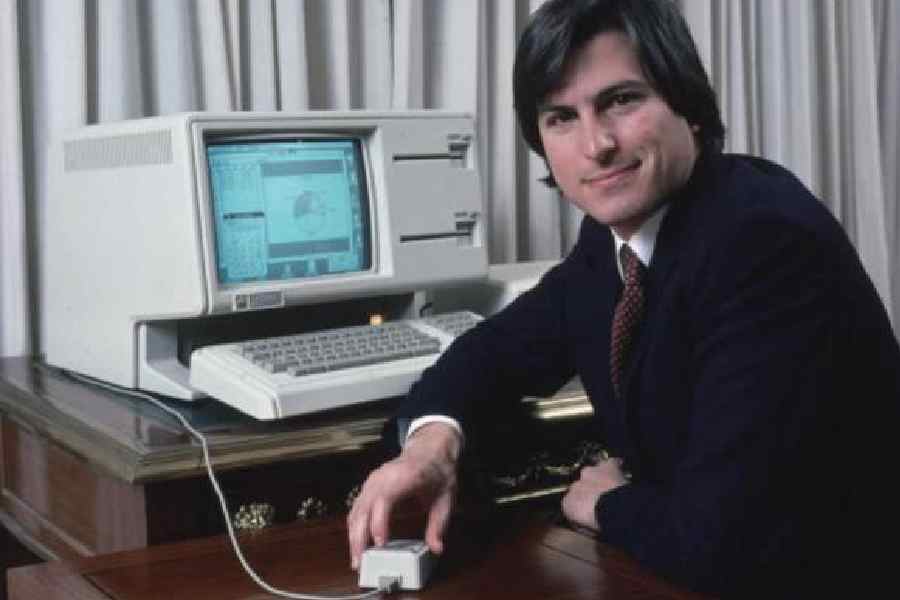
Steve Jobs
Steve Jobs: In 1983, Steve Jobs hired John Sculley as the CEO of Apple, who was earlier the CEO of Pepsi Cola. After the Macintosh Computer was launched, the sales results were disappointing and the relation between Steve and Sculley began to fall apart. Ultimately, Jobs was booted out and he only returned in 1997.

Elon Musk
Elon Musk: Elon Musk founded the company named as X.com in 1999 and a year later it merged with his competitor Confinity with Musk being named CEO. The board ousted him as CEO and replaced him with Thiel in September 2000, according to author Ashlee Vance’s 2015 book, Elon Musk: Tesla, SpaceX, and the Quest for a Fantastic Future.
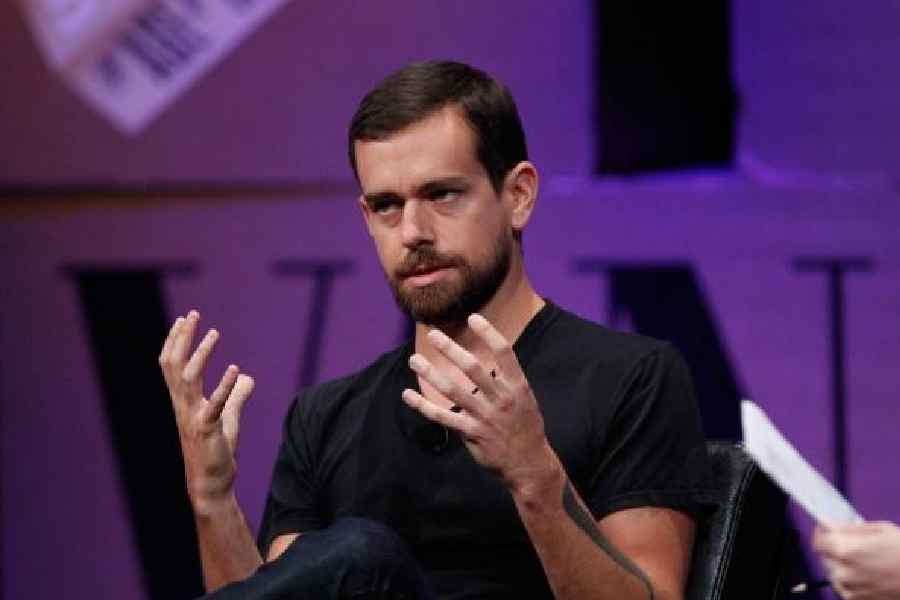
Jack Dorsey
Jack Dorsey: He had a see-saw relationship with the other founders of Twitter. He was fired from the top job at Twitter in 2008 but returned in 2015, only to leave again. We won’t get into what happened with Parag Agarwal.

Travis Kalanick
Travis Kalanick: He started Uber in 2009 with Garrett Camp and turned a small start-up into a cultural cornerstone. Investors forced him to resign as chief executive in 2017, after a series of privacy scandals and complaints of discrimination and sexual harassment at the company.

Andrew Mason
Andrew Mason: One of the most unusual corporate chieftains, the Groupon man was dismissed after weak earnings.

